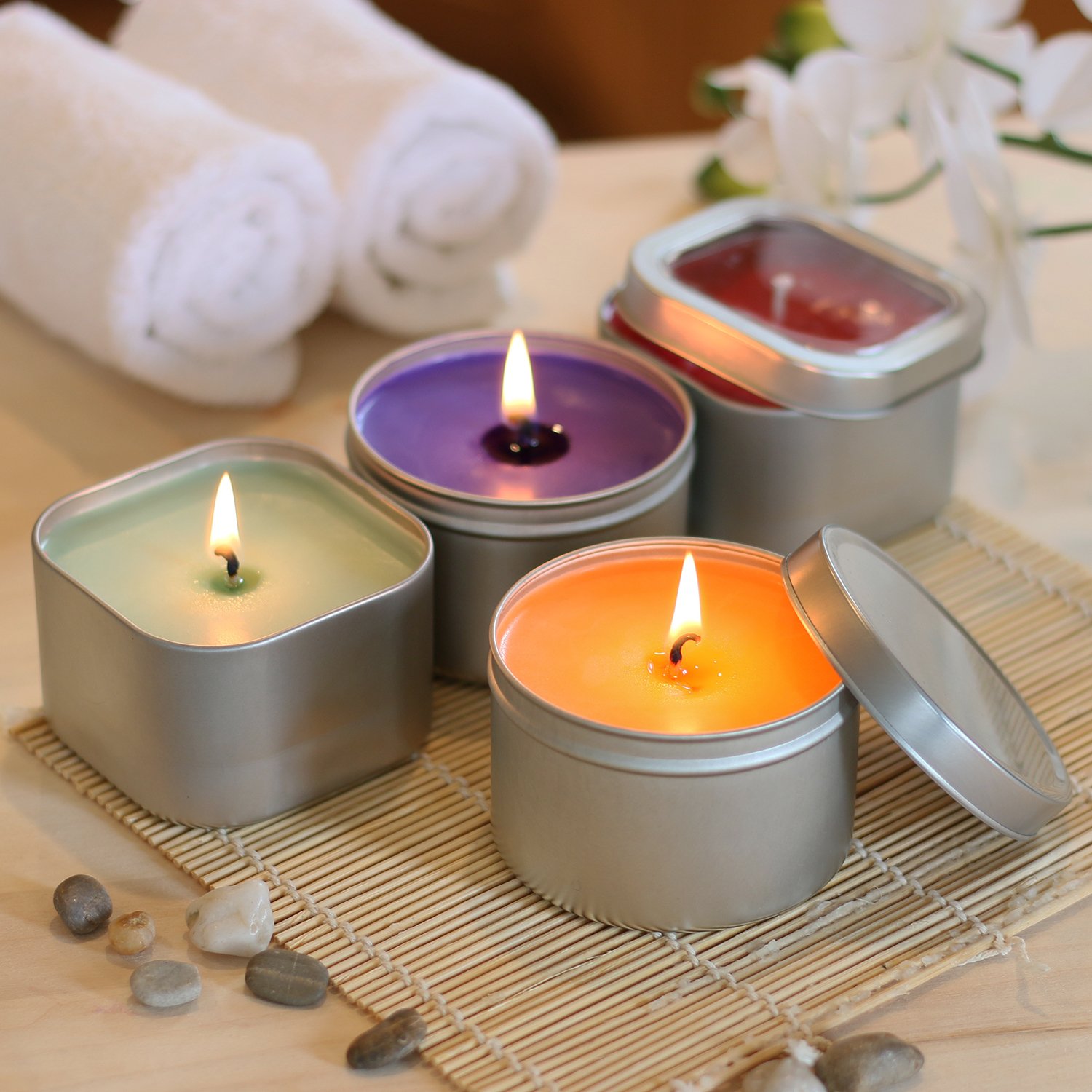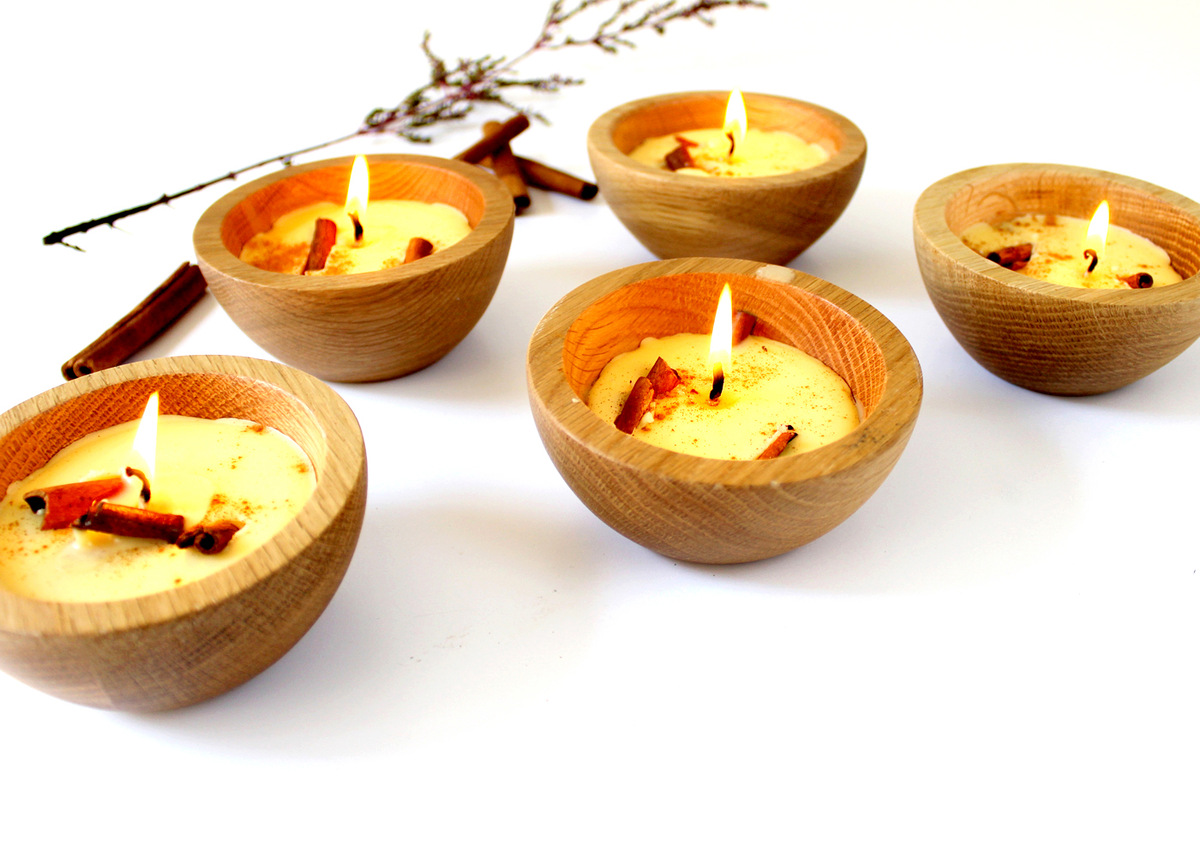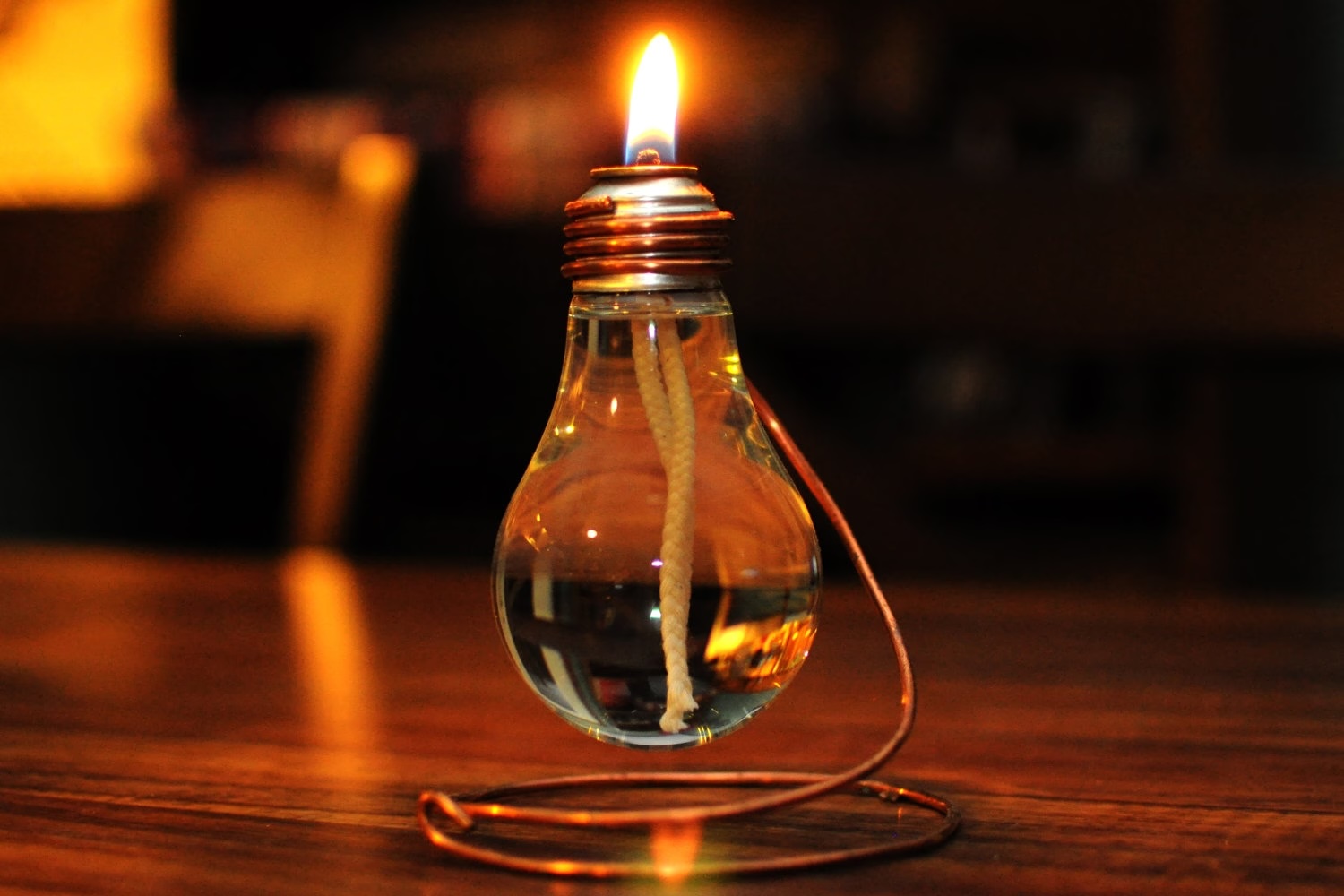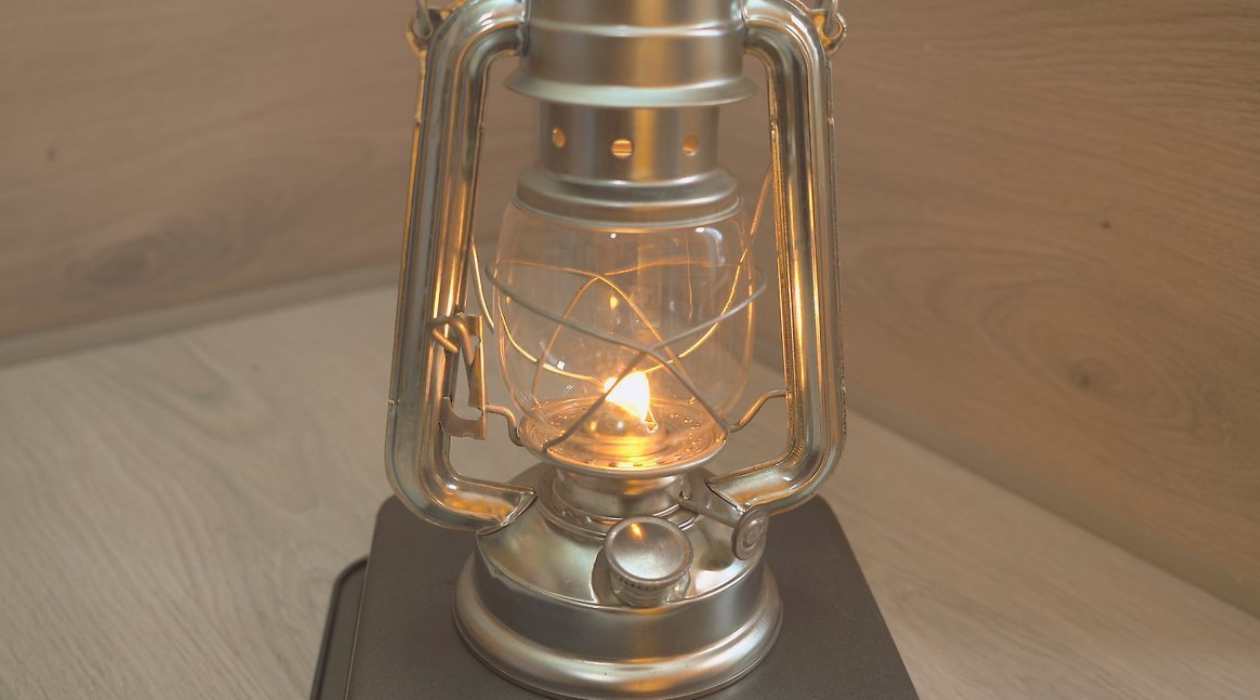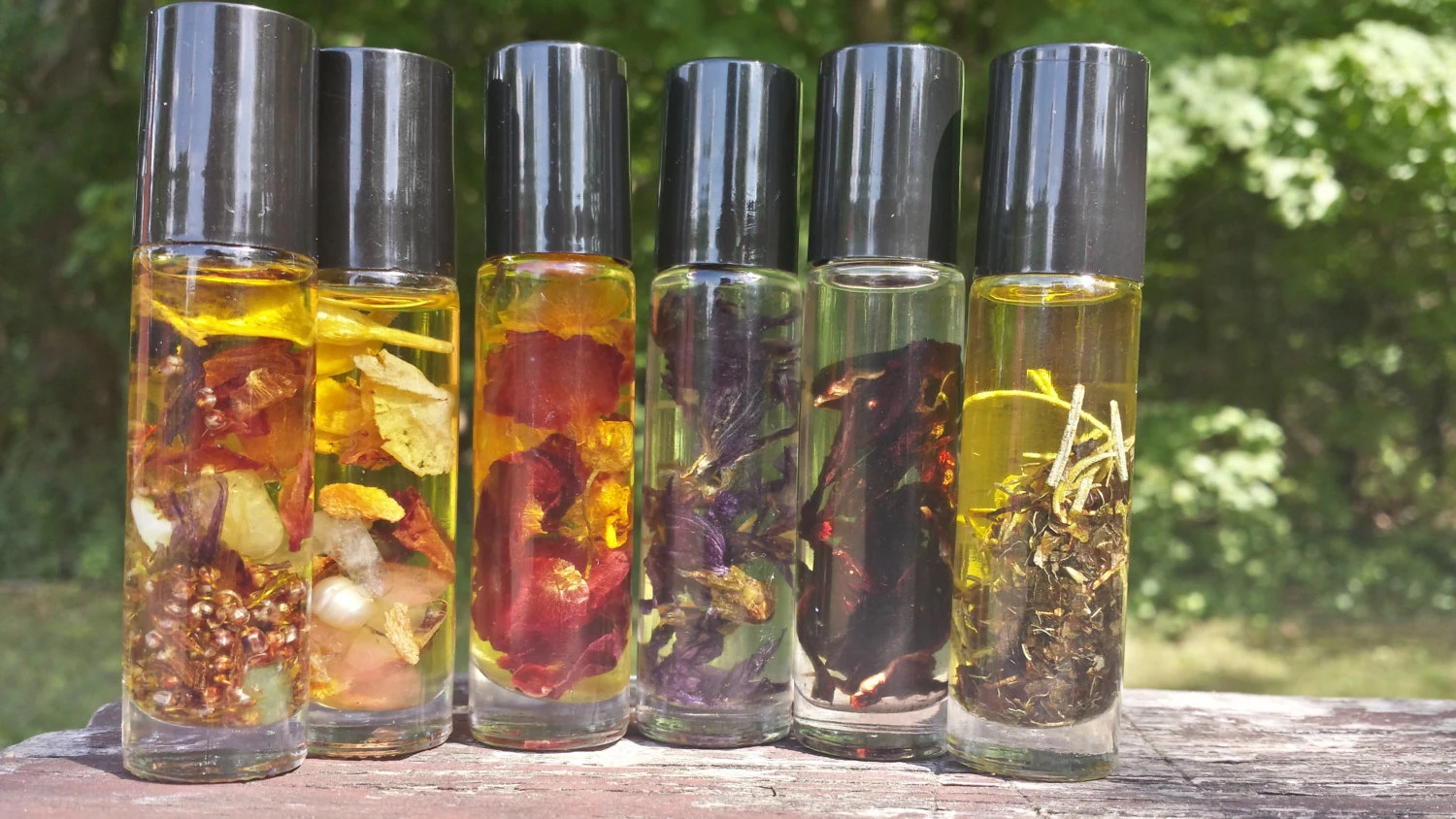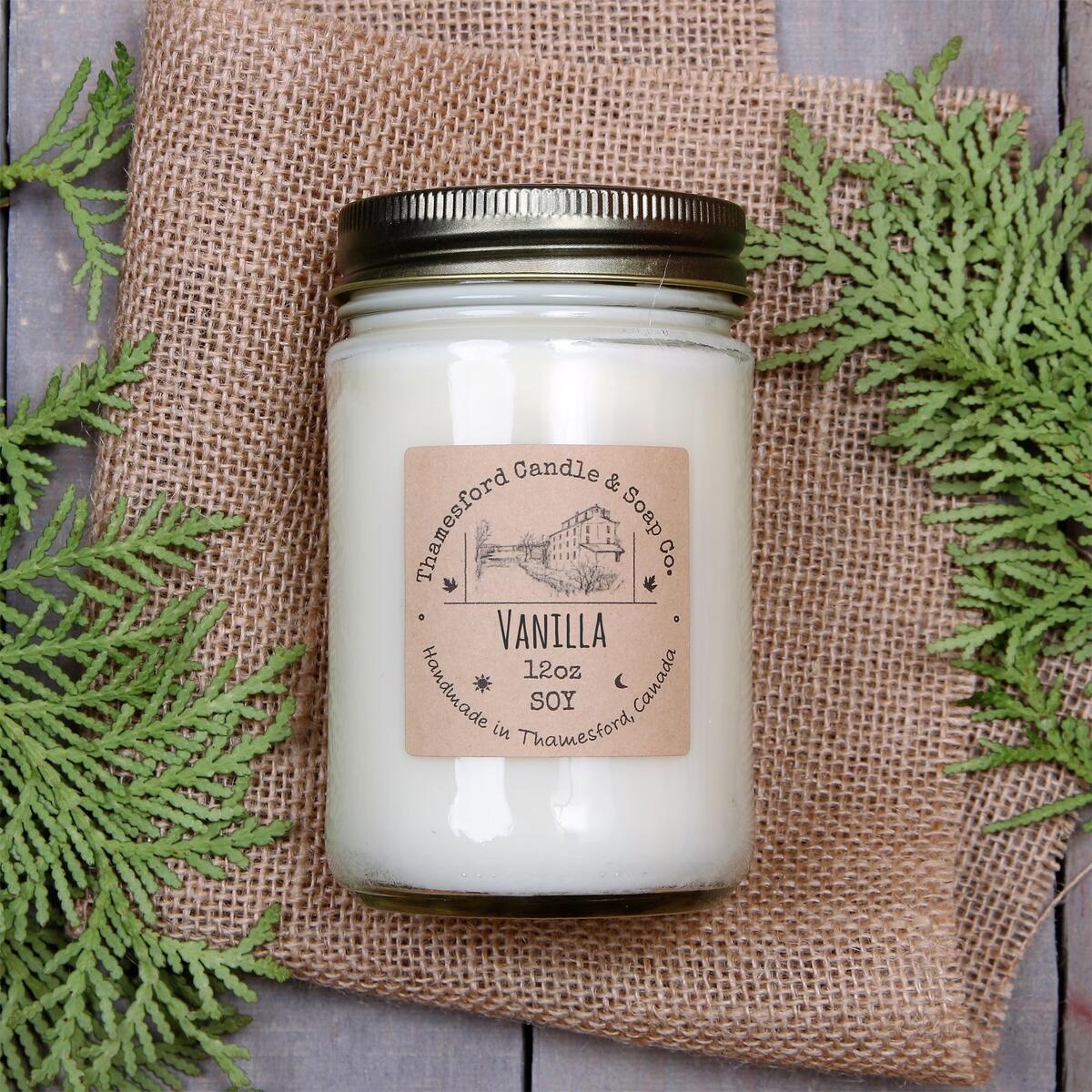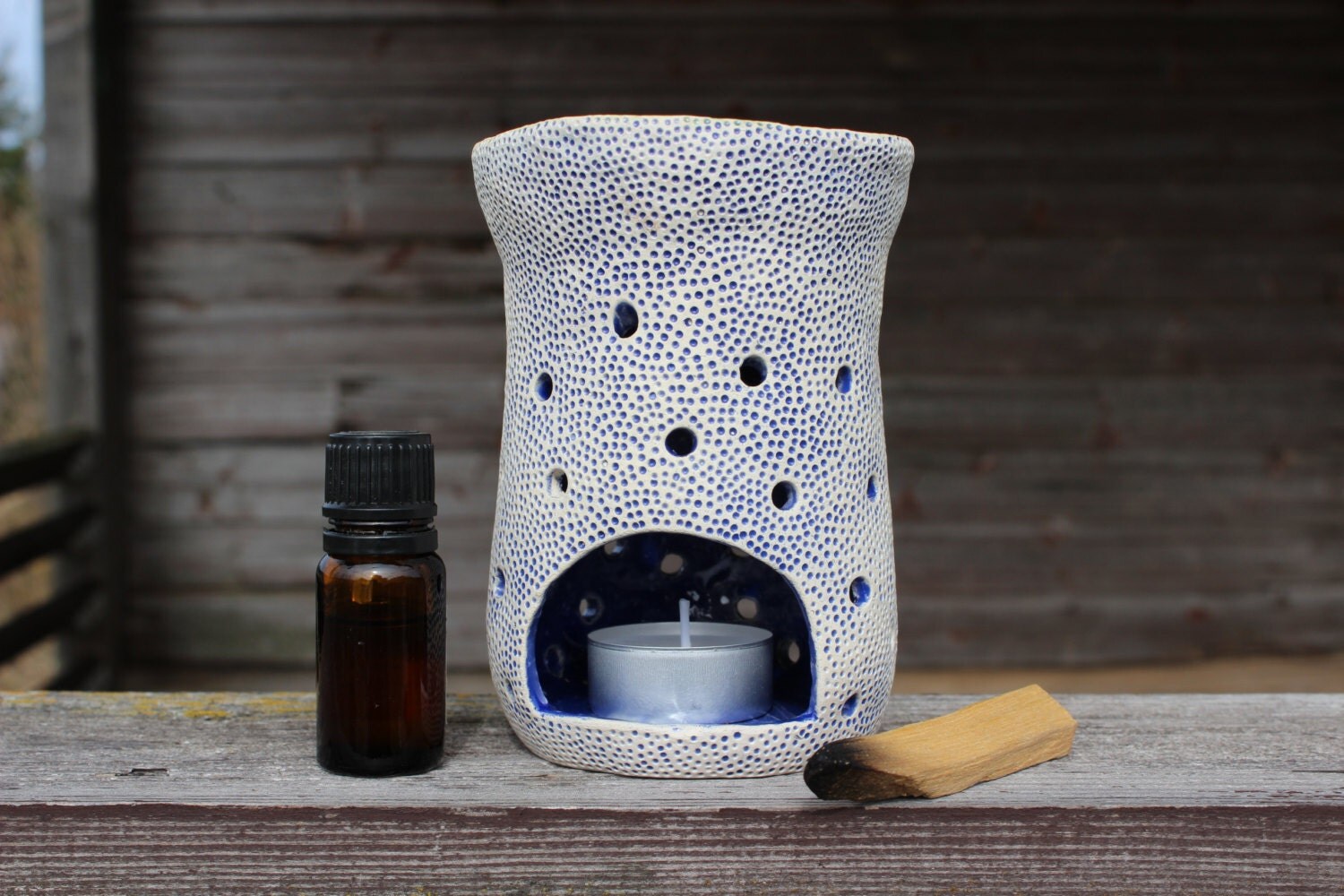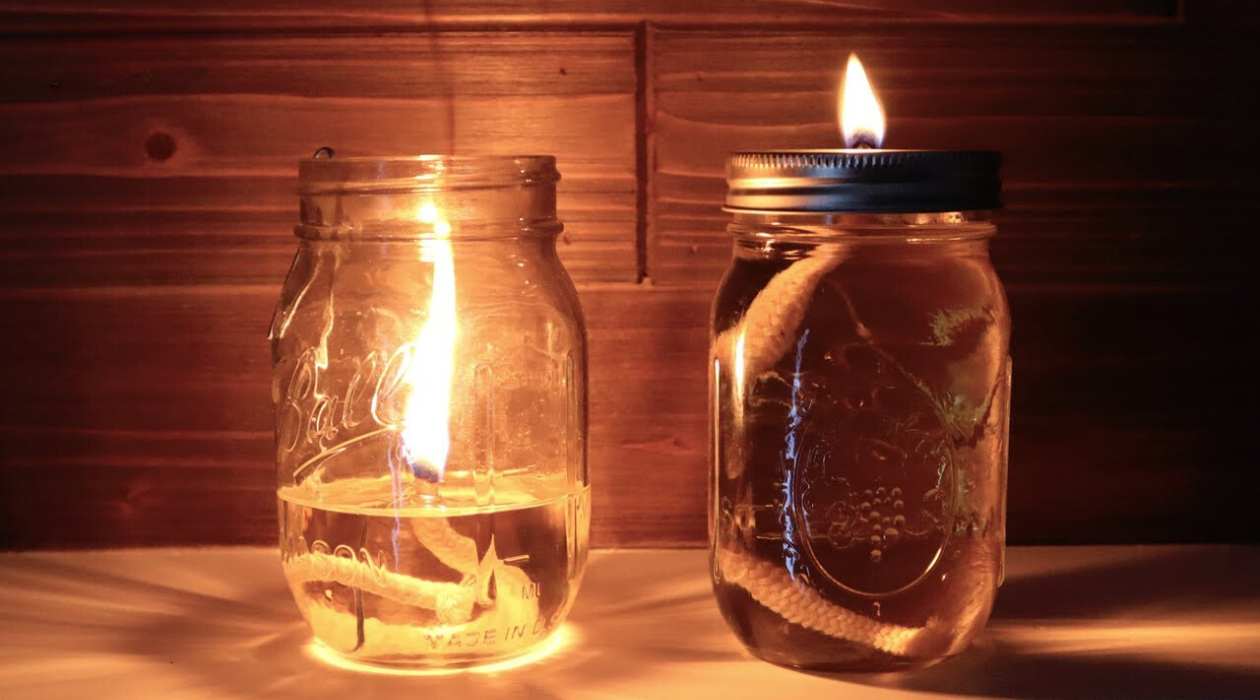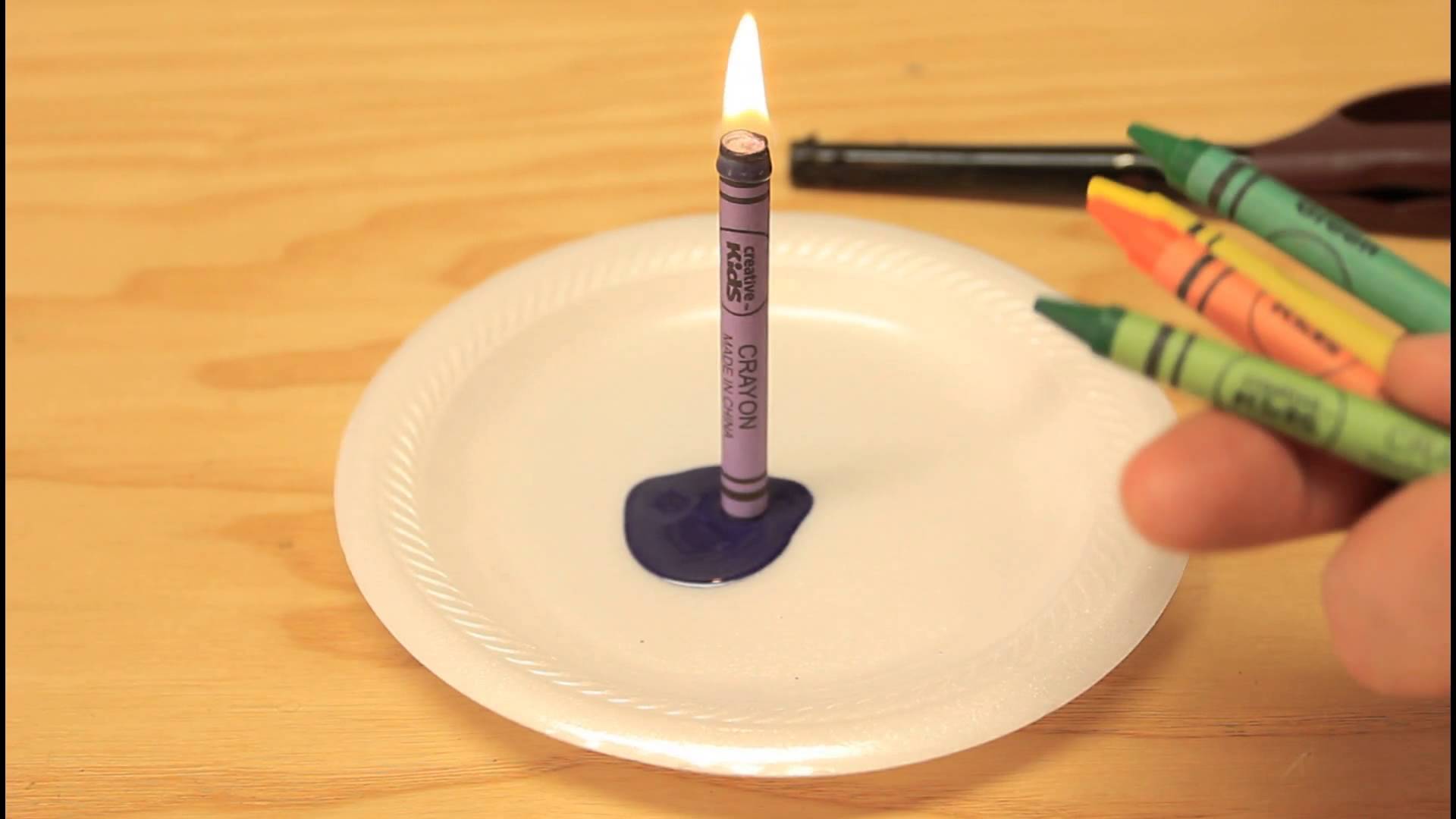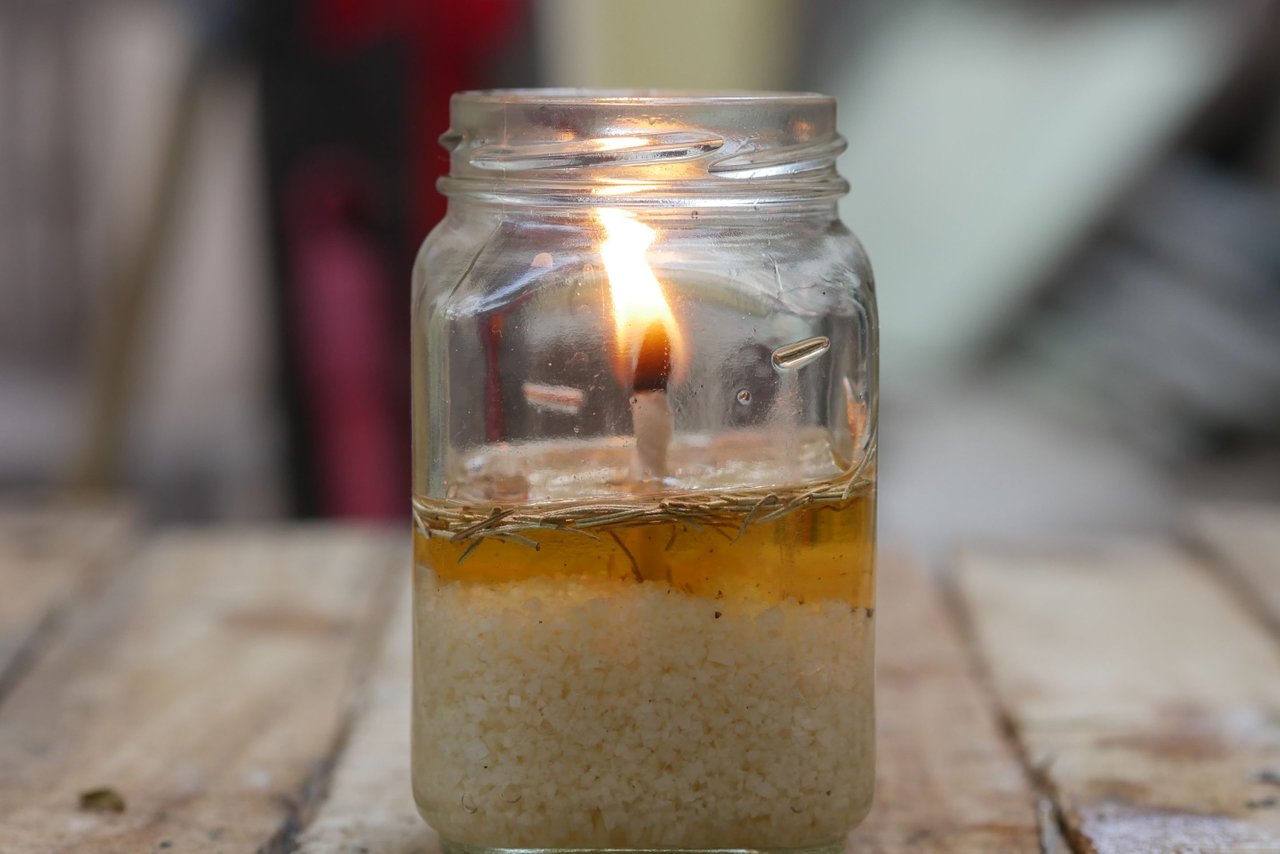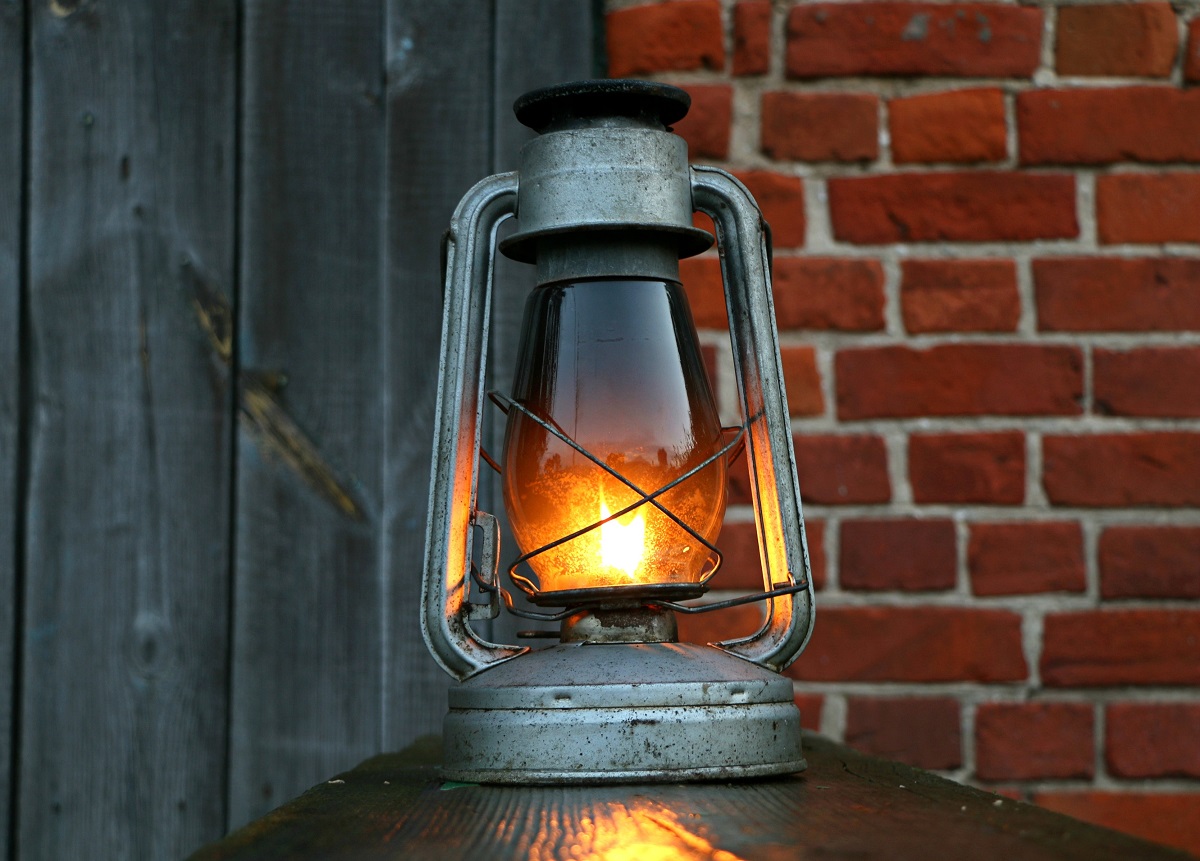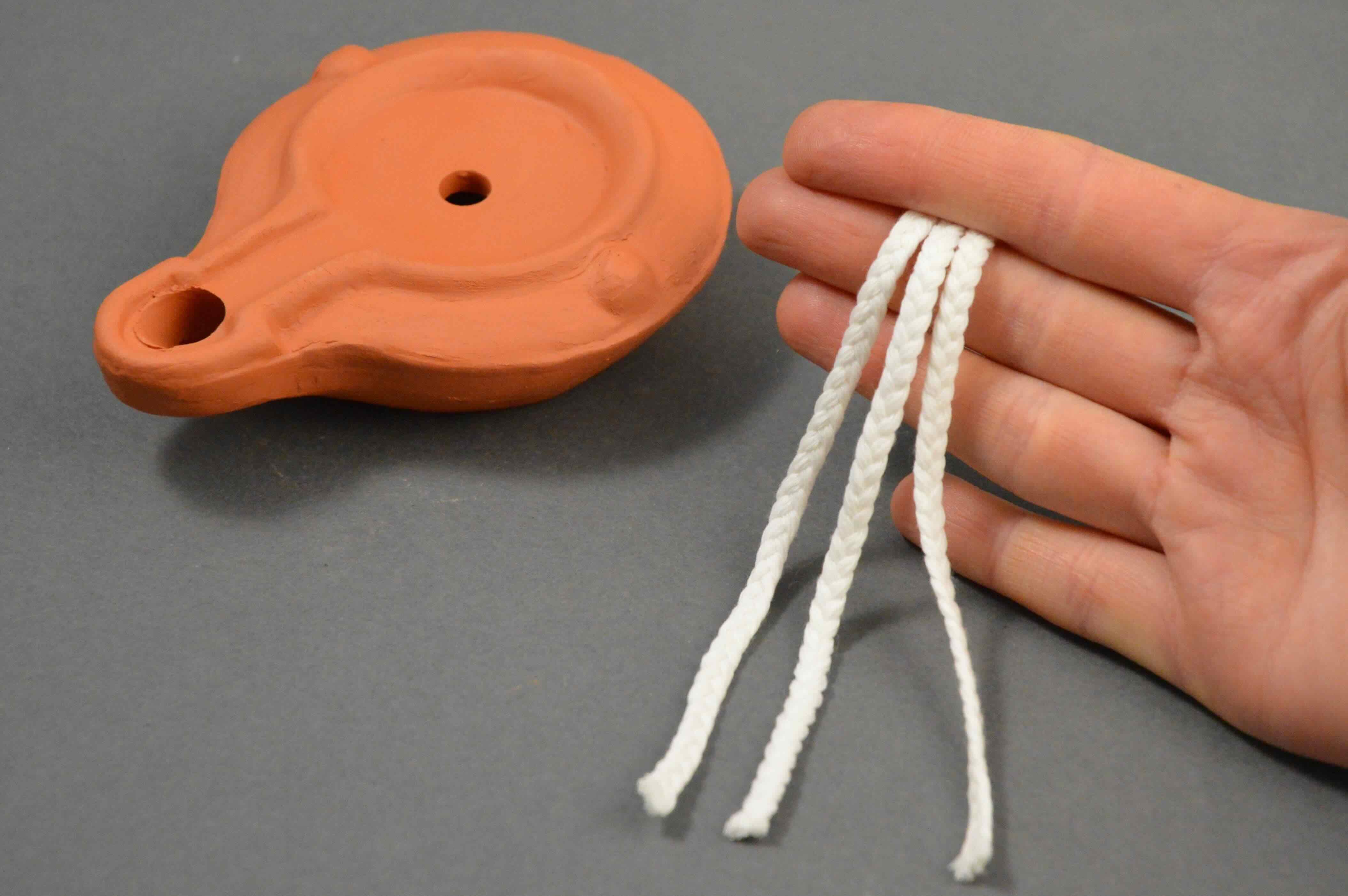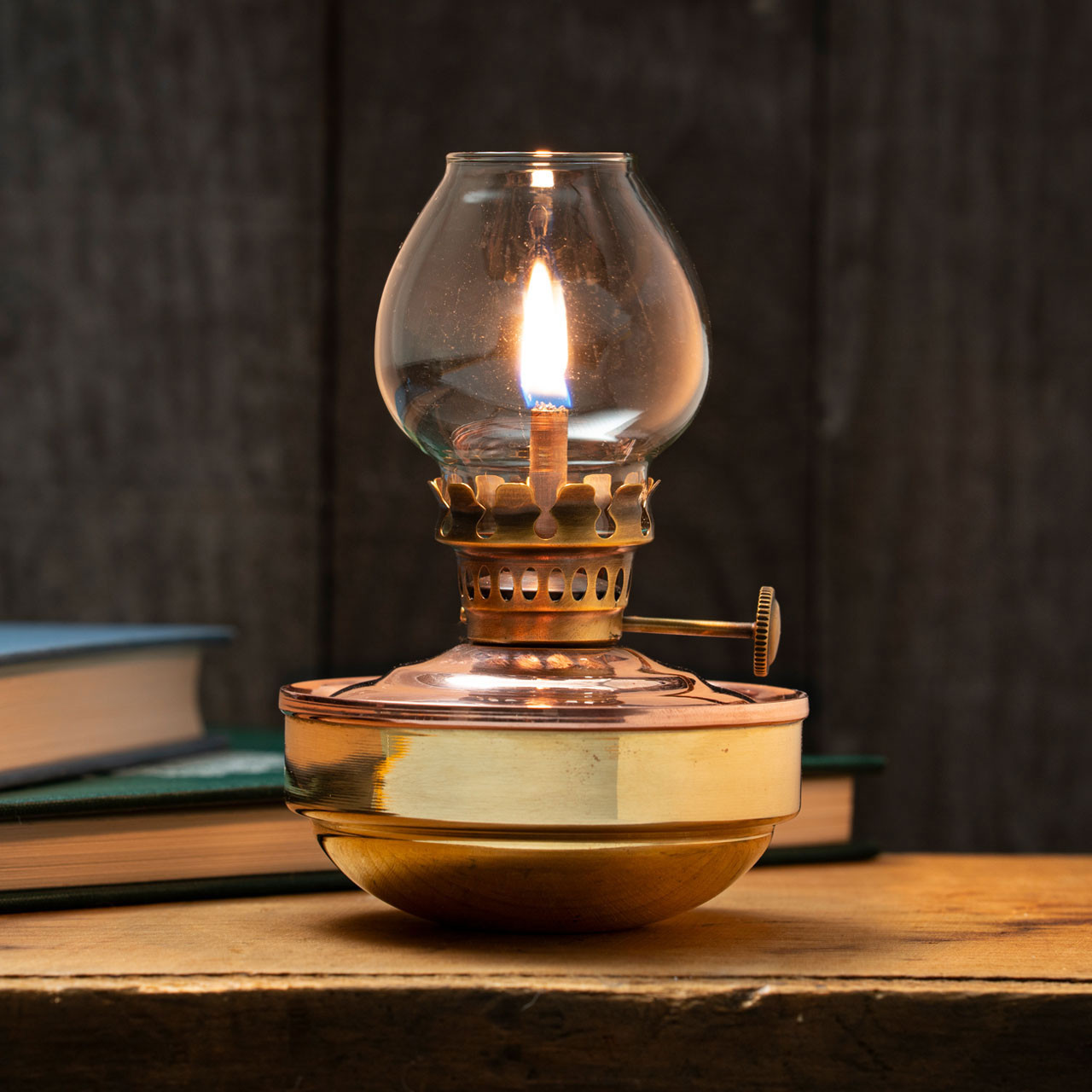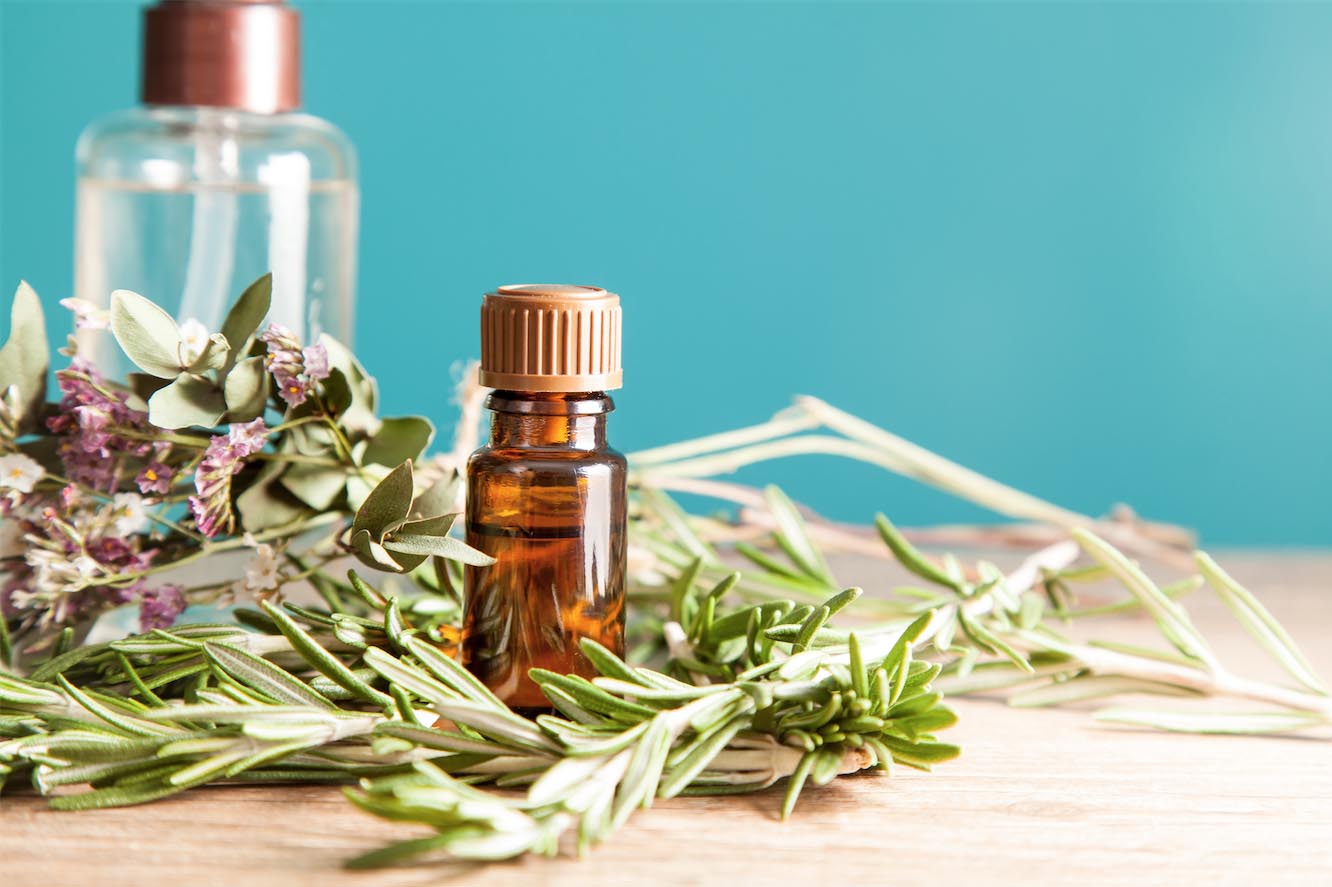

Furniture
How To Make Scented Lamp Oil
Modified: May 6, 2024
Discover how to make your own scented lamp oil for your furniture pieces and create a cozy ambience in your home. Step-by-step guide included!
(Many of the links in this article redirect to a specific reviewed product. Your purchase of these products through affiliate links helps to generate commission for Storables.com, at no extra cost. Learn more)
Introduction
Welcome to the wonderful world of scented lamp oil! If you love adding a pleasant aroma to your living space, creating your own scented lamp oil is a fantastic and cost-effective way to do so. Scented lamp oil, also known as fragrance oil, not only adds a delightful scent to your surroundings but also enhances the ambiance and creates a calming atmosphere.
In this guide, we will walk you through the process of making scented lamp oil from scratch. You’ll learn about the essential materials needed, step-by-step instructions, and safety tips to ensure a seamless and enjoyable experience.
Creating your own scented lamp oil allows you to customize the fragrance to suit your personal preferences and the mood you desire. Whether you want a soothing lavender scent for relaxation or a refreshing citrus scent to invigorate your space, the possibilities are endless.
In addition to the ability to personalize the fragrance, homemade scented lamp oil enables you to control the ingredients used. This is particularly beneficial for those with sensitivities or allergies to certain chemicals found in commercial products. By making your own lamp oil, you can prioritize natural and eco-friendly ingredients.
So, let’s dive into the world of scented lamp oil and discover how easy and rewarding it is to create your own unique blend of captivating scents!
Key Takeaways:
- Create your own scented lamp oil using base oil, fragrance, and optional ingredients. Customize scents to suit your mood and enjoy a relaxing, personalized ambiance in your living space.
- Safely use and store your homemade scented lamp oil. Follow safety tips, experiment with fragrance blends, and bask in the delightful aromas you’ve crafted.
Read more: How To Make An Oil Lamp
Materials Needed
Before you start your scented lamp oil journey, make sure you gather all the necessary materials. Having everything prepared in advance will make the process smoother and more enjoyable. Here are the materials you’ll need:
- A base oil: Common choices include mineral oil, jojoba oil, or liquid paraffin. These oils are excellent carriers for fragrances and help disperse the scent throughout the room.
- A fragrance or essential oil: Choose a fragrance that appeals to your senses. You can find a wide variety of fragrance oils specifically designed for use in candles and oil lamps. Alternatively, if you prefer a more natural option, opt for essential oils extracted from plants.
- A measuring cup or scale: Accurate measurements are crucial for achieving the desired fragrance strength and consistency.
- A mixing container: Use a glass or plastic container with a lid to safely mix and store your scented lamp oil.
- A stirring utensil: A disposable stirrer, wooden stick, or a glass stirring rod works well for blending the base oil and fragrance.
- A funnel: This will help you transfer the lamp oil mixture into the desired bottles or containers without any spills.
- Bottles or containers: Choose containers with a secure lid or cap to store your scented lamp oil. Clear glass containers are visually appealing and allow you to see the color of the oil.
While these are the core materials needed, you may also consider additional ingredients for added benefits:
- Dyes: If you want to add color to your scented lamp oil, liquid dyes specifically designed for oil-based products can be added in small amounts.
- Fragrance enhancers: Some individuals like to include fixatives or enhancers to improve the longevity of the scent. These can be found in specialty stores or online and can help the fragrance linger for a longer period of time.
- Decorative elements: To add an extra touch of elegance, you can incorporate decorative elements such as dried flowers, colorful gemstones, or small glass beads into your finished lamp oil containers.
With these materials in hand, you’re ready to embark on the journey of creating your own scented lamp oil. Now let’s move on to the steps involved in making this aromatic delight!
Step 1: Choosing the Base Oil
Choosing the right base oil is crucial as it serves as the carrier for the fragrance and determines the performance of your scented lamp oil. Here are a few popular options to consider:
- Mineral oil: Mineral oil is a widely used base oil for scented lamp oil due to its clear and odorless nature. It has a long shelf life, excellent stability, and doesn’t easily oxidize or go rancid. Additionally, mineral oil is readily available in most stores and online.
- Jojoba oil: Jojoba oil is a natural, plant-based oil that closely resembles the sebum produced by our skin. It is rich in antioxidants and has a lightweight texture. Jojoba oil is a great option for those who prefer natural and plant-based products.
- Liquid paraffin: Liquid paraffin, also known as liquid petroleum or paraffin oil, is another common base oil. It has a high flash point, making it safe for use in oil lamps. Liquid paraffin is odorless and colorless, allowing the fragrance to shine through.
When selecting your base oil, consider factors such as availability, cost, desired consistency, and personal preferences. Keep in mind that different base oils may have varying viscosities and absorption rates, which can affect the evaporation rate and scent throw of your lamp oil.
It’s important to note that some base oils may cause allergies or skin irritations in certain individuals. If you have sensitive skin or allergies, perform a patch test before applying the scented lamp oil on your skin or using it in an oil lamp.
Once you have chosen the base oil that suits your needs, proceed to the next step where we will explore selecting the perfect fragrance for your scented lamp oil creation.
Step 2: Selecting the Fragrance
Now that you have chosen your base oil, it’s time to select the perfect fragrance to infuse into your scented lamp oil. The fragrance you choose will play a significant role in creating the desired ambiance and mood in your living space. Here are a few tips to help you in selecting the fragrance:
- Personal preference: Consider scents that you personally enjoy and find appealing. Whether you love the calming aroma of lavender, the refreshing scent of citrus, or the warm notes of vanilla, choose fragrances that resonate with you.
- Room usage: Consider the purpose of the room where you plan to use the scented lamp oil. Different scents can evoke different feelings and moods. For example, calming scents like chamomile or sandalwood are excellent choices for a bedroom, while invigorating scents like lemon or eucalyptus are great for a workspace or kitchen.
- Seasonal scents: Tailor your fragrance selection to the time of year. Light and floral scents work well for spring and summer, while warm and cozy scents like cinnamon or pine are perfect for fall and winter.
- Experimentation: Don’t be afraid to try new and unique fragrance combinations. Mixing different scents together can create intriguing and one-of-a-kind aromas. It’s all about finding the blend that brings you joy.
When selecting the fragrance, you have two main options: fragrance oils and essential oils. Fragrance oils are synthetic scents designed explicitly for fragrance applications and offer a wide range of options. They are often more affordable and come in a variety of delightful scents. On the other hand, essential oils are derived from natural plant sources and offer a more organic and therapeutic experience.
Whichever option you choose, make sure to check the quality and purity of the oil. Look for reputable suppliers who provide detailed information about their products. It’s also essential to consider the strength of the fragrance. Some oils have a strong scent, while others are more subtle. Choose a concentration that suits your personal preference and room size.
Now that you’ve selected your fragrance, it’s time to move on to the next step: mixing the base oil and fragrance to create your scented lamp oil.
Step 3: Mixing the Base Oil and Fragrance
With your base oil and chosen fragrance in hand, it is time to mix them together to create your scented lamp oil. Follow these steps to ensure a well-blended and aromatic result:
- Measure the base oil: Start by measuring out the desired amount of base oil using a measuring cup or scale. The quantity will depend on the size of the container you plan to fill. It is recommended to start with small batches until you find the perfect ratio that suits your preferences.
- Add the fragrance: Next, add the fragrance to the measured base oil. The amount of fragrance to add will depend on the strength of the oil and your personal preference. Start with a small amount, such as 5-10% of the base oil volume, and adjust according to your desired intensity. Remember that a little goes a long way, so it’s better to start with less and add more if needed.
- Stir the mixture: Use a stirring utensil to thoroughly mix the base oil and fragrance together. Stir gently but consistently to ensure they are well blended. This step is important to ensure that the fragrance is evenly dispersed throughout the oil.
- Allow the mixture to sit: After stirring, let the mixture sit for a few hours or overnight. This will allow the fragrance to fully integrate with the base oil, enhancing the scent and improving the overall quality of the scented lamp oil.
It’s important to note that some fragrances may take longer to fully blend with the base oil due to their chemical composition. Patience is key – give the mixture ample time to develop its full fragrance potential.
Once the base oil and fragrance are mixed and have had time to meld together, you’re ready to move on to the next step: adding additional ingredients, if desired.
When making scented lamp oil, use high-quality essential oils for a stronger and longer-lasting fragrance. Start with a small amount and adjust to your preference.
Read more: How To Make A Wine Bottle Oil Lamp
Step 4: Adding Additional Ingredients (Optional)
Adding additional ingredients to your scented lamp oil can elevate its fragrance, appearance, or even provide added benefits. While these ingredients are optional, they can enhance your scented lamp oil creation. Here are a few optional ingredients you can consider:
- Dyes: If you want to add color to your scented lamp oil, you can incorporate liquid dyes specifically designed for oil-based products. Add the dye in small amounts and stir well to achieve the desired color. Keep in mind that some dyes may require more blending time to fully disperse in the oil.
- Fragrance enhancers: To improve the longevity of the scent, you can add fragrance enhancers or fixatives to your scented lamp oil. These ingredients help the fragrance last longer and can be found in specialty stores or online. Follow the recommended usage instructions for the specific product you choose.
- Decorative elements: If you want to add a touch of elegance or visual interest to your scented lamp oil, consider incorporating decorative elements. Dried flowers, colorful gemstones, or small glass beads can be added to the bottle before pouring in the scented oil. These elements not only enhance the aesthetic appeal of your lamp oil but make it a beautiful decorative piece as well.
When adding additional ingredients, it’s vital to consider their compatibility with the base oil and fragrance. Some ingredients may affect the consistency, evaporation rate, or overall performance of your scented lamp oil. Always read the instructions and usage guidelines provided by the manufacturer of the additional ingredients you choose to ensure compatibility and safety.
Once you have added any desired additional ingredients, gently stir the mixture to ensure everything is well combined. Allow the scented lamp oil to sit for a short time to ensure that all the ingredients meld together properly.
Now that you have prepared your scented lamp oil, it’s time to bottle and store it for future use. Let’s move on to the next step!
Step 5: Bottling and Storing the Scented Lamp Oil
Now that your scented lamp oil is ready, it’s time to transfer it into suitable bottles or containers for storage and use. Follow these steps to ensure proper bottling and storing:
- Prepare clean and dry containers: Ensure that the bottles or containers you intend to use are clean and completely dry. Residual moisture or dirt can affect the quality and shelf life of the scented lamp oil.
- Use a funnel: To prevent spills and ensure a neat transfer, use a funnel to pour the scented lamp oil into the bottles or containers. This will help avoid any mess and waste.
- Fill the containers: Pour the scented lamp oil into the containers, leaving a small amount of headspace to allow for expansion if needed. It’s best to fill the containers to about 80% capacity, leaving enough room for proper sealing.
- Seal the containers: Ensure that the bottles or containers are properly sealed to maintain the fragrance and prevent any leakage. Tighten the lids or caps securely to create airtight seals.
- Label the containers: It’s a good practice to label the containers with the fragrance or essential oil used and the date of preparation. This will help you keep track of your creations and their freshness.
- Store in a cool and dark place: To preserve the fragrance and quality of your scented lamp oil, store it in a cool, dark place away from direct sunlight and heat sources. Excessive exposure to light and heat can degrade the oil and impact its performance.
Properly stored, your homemade scented lamp oil can last for several months, but it’s always recommended to use it within a reasonable timeframe to enjoy the best quality and scent. Over time, the oil may begin to lose its fragrance potency, so it’s a good idea to make fresh batches periodically.
Now that your scented lamp oil is bottled and stored correctly, let’s move on to the final step: using the scented lamp oil safely.
Step 6: Using the Scented Lamp Oil Safely
Now that you have your homemade scented lamp oil, it’s essential to use it safely to ensure a delightful and hazard-free experience. Consider the following safety tips when using scented lamp oil:
- Read and follow instructions: If you are using an oil lamp or diffuser, carefully read and follow the manufacturer’s instructions for safe usage. Familiarize yourself with any specific safety guidelines provided.
- Keep away from children and pets: Scented lamp oil should be stored out of reach of children and pets. The oil and lamp can be a potential hazard if not handled properly.
- Place on a stable surface: When using an oil lamp, ensure it is placed on a stable surface away from flammable materials, such as curtains or papers. This will prevent any accidental tipping or contact with heat sources.
- Trim the wick: If using an oil lamp, make sure to trim the wick to an appropriate length before lighting it. This will promote a clean and steady flame.
- Never leave unattended: Never leave a burning oil lamp unattended. Always extinguish the flame when leaving the room or going to sleep.
- Ventilate the room: While scented lamp oil adds a pleasant fragrance to your space, it’s important to maintain proper ventilation in the room. This will allow fresh air to circulate and prevent any buildup of fumes.
- Avoid skin contact: If you accidentally come into contact with scented lamp oil, rinse the affected area immediately with soap and water. Some fragrances or oils may cause skin irritation or allergic reactions in certain individuals.
- Do not ingest: Scented lamp oil is for external use only and should not be ingested. Keep it away from food and drinks to avoid accidental consumption.
By following these safety guidelines, you can enjoy the captivating scent and ambiance of your homemade scented lamp oil without any risks or accidents.
Congratulations! You have successfully created your own scented lamp oil and learned how to use it safely. Enjoy the wonderful fragrance and create a relaxing and welcoming atmosphere in your home. Feel free to experiment with different fragrance blends and techniques to expand your aromatic repertoire!
Remember, making scented lamp oil is a creative and enjoyable process. Have fun, be imaginative, and enjoy the rewarding experience of crafting unique scents for your living space.
Now go ahead and bask in the delightful aroma of your scented lamp oil creation!
Conclusion
Congratulations on completing your journey into the world of scented lamp oil! You have learned how to make your own personalized scented lamp oil using a base oil of your choice, a delightful fragrance or essential oil, and optional additional ingredients. By following the step-by-step instructions provided, you have created a captivating aroma that can transform the ambiance of any room.
Not only does making your own scented lamp oil allow you to unleash your creativity and customize the fragrance to your liking, but it also enables you to control the ingredients used. This is particularly beneficial for those with sensitivities or a preference for natural and eco-friendly products.
Remember to store your scented lamp oil properly in a cool and dark place, and use it safely by following the recommended guidelines. By doing so, you can enjoy the enchanting scent and create a relaxing and welcoming environment in your home.
Don’t hesitate to experiment with different base oils, fragrance combinations, and additional ingredients to create unique and captivating scents. Let your imagination soar and have fun in the process!
Now that you have mastered the art of making scented lamp oil, you can continue to explore the world of home fragrance and create a serene and inviting atmosphere in your living space. Enjoy the soothing and delightful scents that will make your house feel like a cozy sanctuary.
Thank you for joining us on this scented lamp oil journey, and we hope you continue to explore and indulge in the wonderful world of fragrances.
Now that you've learned how to craft your own scented lamp oil, why stop there? Dive deeper into the world of aromatic lighting with our next read. If you're curious about which oils burn brightest and smell the sweetest for the upcoming year, don't miss our comprehensive review on superior lamp oils. Whether you're a novice or a seasoned DIYer, this guide offers valuable insights into choosing the best oils that ensure your space stays illuminated and inviting.
Frequently Asked Questions about How To Make Scented Lamp Oil
Was this page helpful?
At Storables.com, we guarantee accurate and reliable information. Our content, validated by Expert Board Contributors, is crafted following stringent Editorial Policies. We're committed to providing you with well-researched, expert-backed insights for all your informational needs.
